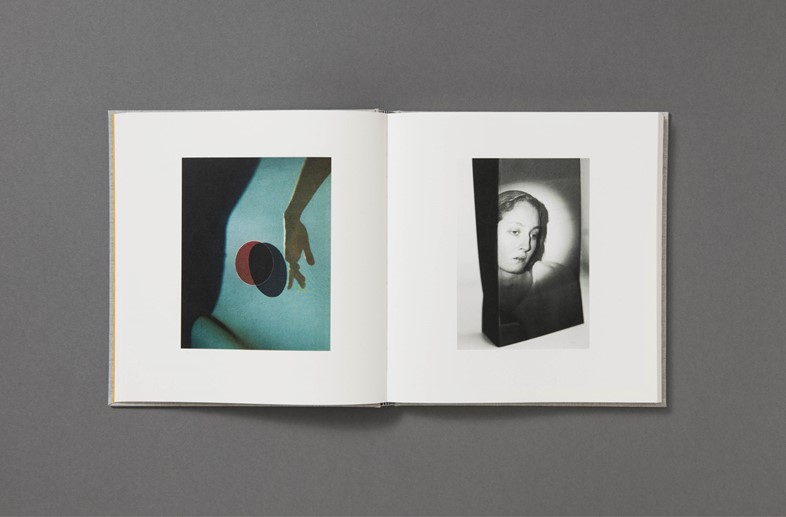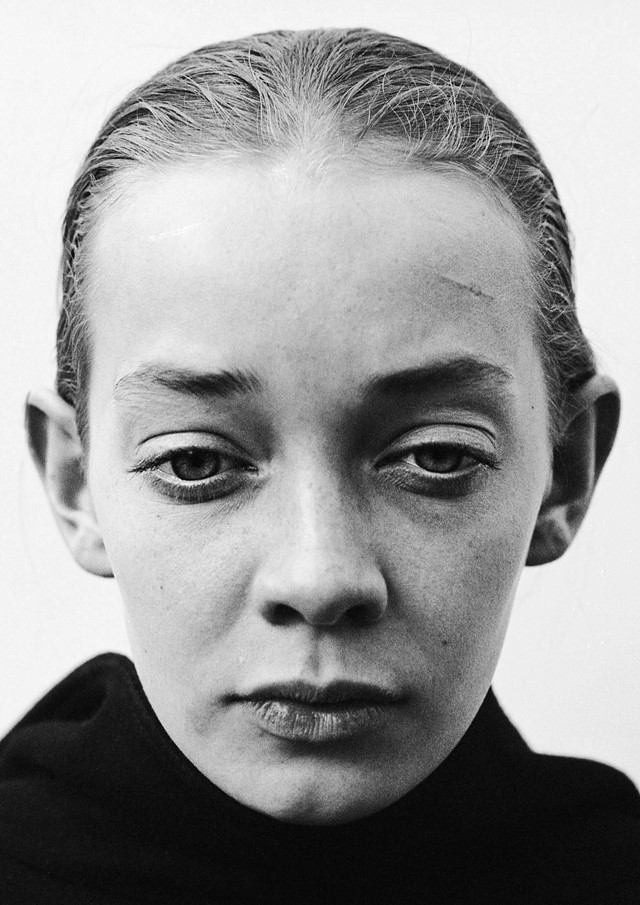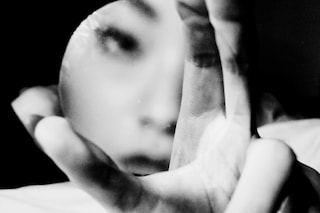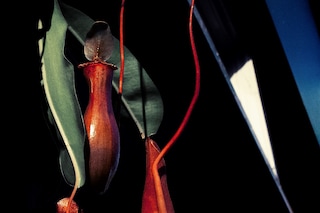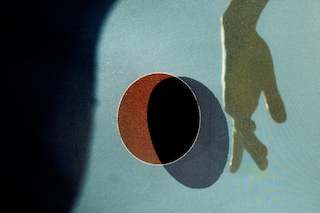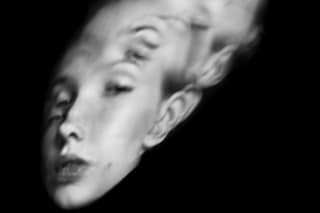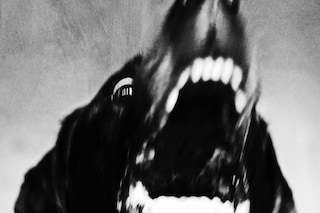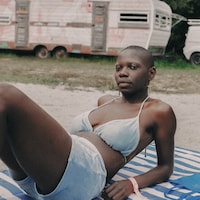The photographer’s enigmatic photographs hint towards the documentary style of Henri Cartier-Bresson and the mystery of Man Ray
Jack Davison has made a name for himself with his brooding portraiture and painterly still-lifes. His photographs oscillate between timeless and contemporary, typically modern subjects captured in a grainy, monochromatic documentary style reminiscent of Henri Cartier-Bresson and the surreality of Man Ray. Shadows remain a consistent feature, with stark contrasts imbuing Davison’s work with depth and enigma.
Davison has managed to carve out such an idiosyncratic style at age 28. Although he never received any formal training, opting to study English at university, he has been refining his approach to photography since the age of 15. After graduating, he went to the US and spent six months travelling and photographing what he saw, which resulted in his series, 26 States – an evocative perspective on the country and its diverse characters – which launched his career as a major commercial photographer back in London.
Davison’s first book, Photographs, tracks the artist’s experiments with image-making from 2007 to the present. From carefully orchestrated shots to everyday occurrences, his experimental style provides a unique perspective on the world. We spoke to Davison about the book, his techniques and his often peculiar choice of subject matter.
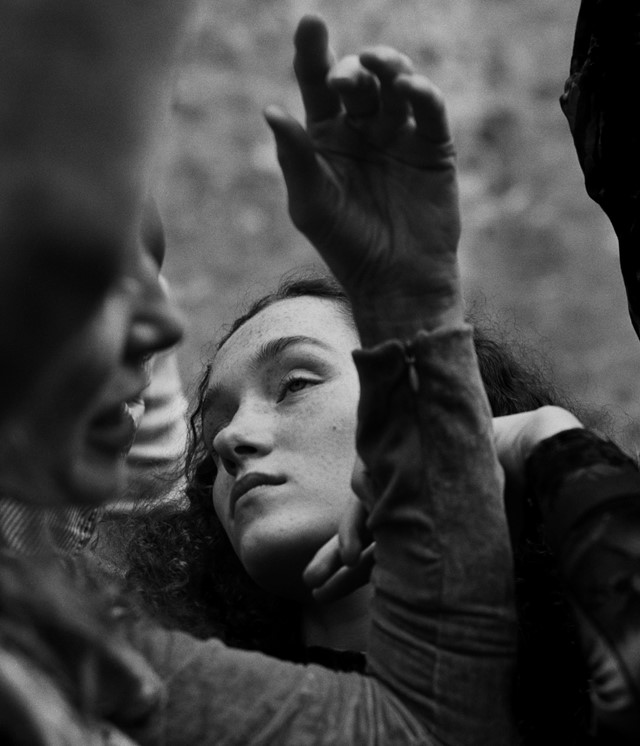
Can you tell us about how the publication of Photographs came about? Why did you want to make it?
Jack Davison: I’ve been thinking about wanting to make a book for a long while, this culminated in quite a few dummy versions and attempts to make a coherent piece. I wanted to make it for quite a few reasons. One, make something physical and tactile: many people only ever see my images through screens and I’ve always wanted to make something that people would be able to handle and interact with, pages that could be turned, thumbed and bent with use. Secondly, I’ve been shooting for over ten years and wanted to try and make sense of my work as a whole.
I worked on a dummy with a friend Stephen Ledger Lomas and we entered it up for a book prize, nothing came of it and I eventually brought it to Lewis and Sarah at Loose Joints. I left it with them and a few weeks later they came back and said they thought we could work on making it together. It’s been very collaborative, and Loose Joints had access to all my old hard-drives including all my earliest embarrassing shoots as a teenager.
Can you talk about what processes you use to give your photographs their painterly quality?
Jack Davison: It’s a range of things, a lot of the time it's in-camera effects, sometimes it comes from reprinting and rephotographing, that processes changes and is different for each picture.
A lot of your work explores the human body. Where has this interest stemmed from?
Jack Davison: (Laughs) I guess I’ve never really thought about it as an exploration of the human body, I love people and the process of interacting with a person whilst making a photograph. It’s hard to explain why I’m drawn towards hands and eyes specifically, I guess often they're the most emotive parts, the ones that betray the most interior dialogue.
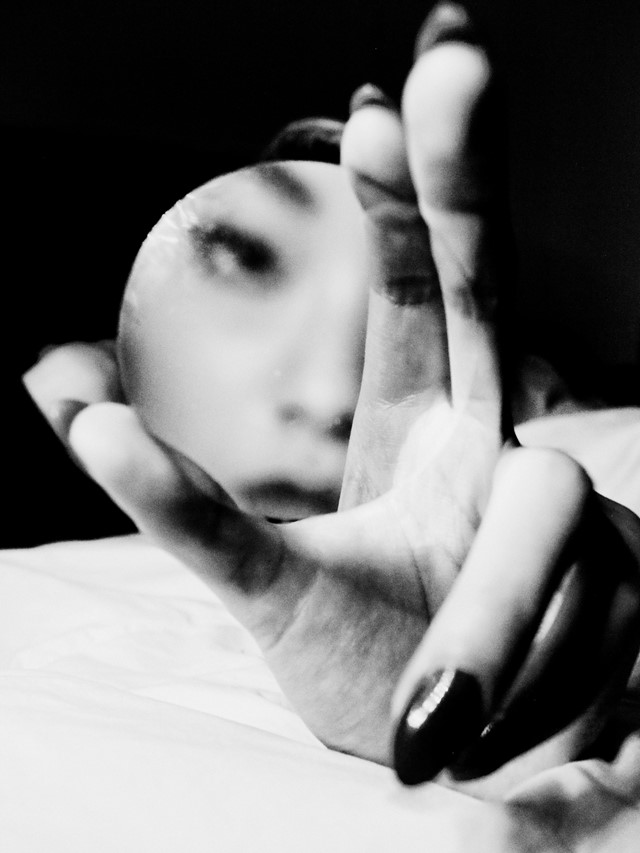
Do you ever see your photographs as looking to convey a message or do they lean towards the purely aesthetic?
Jack Davison: The work is more reactive documenting I think, not me necessarily me trying to imbue each picture with a particular meaning or message. I’d much rather the message is found and created by the individual viewer. For me, I’d prefer each person arrives at a photograph without the baggage of context, if I gave people all the facts of the image it guides their thought process too much and I love the infinite different messages that people read into photographs.
How clear an idea do you have of what the photograph will look like before you manipulate it?
Jack Davison: I have some small idea, but each experiment is different and I don’t know what qualities it’ll bring to the picture. That’s the most exciting part, putting yourself in a position where you’re giving control over to something else, a random element that can completely turn the photograph into something else.
What’s the most important lesson you’ve learned as a photographer?
Jack Davison: To take as many pictures as possible, it sounds obvious but a lot of people overthink the process at hand and stop themselves from shooting.
Photographs by Jack Davison is available from Loose Joints now
